Laeken Cemetery Crypt
This recently restored crypt was once plagued by liquefying coffins and exploding caskets.
Beneath Laeken Cemetery lies an extensive crypt whose funerary galleries stretch out in eerie silence. While never entirely abandoned, the crypt has certainly suffered its share of decay over the years, often resulting in some messy and highly malodorous situations.
Laeken Cemetery is one of the oldest and most important cemeteries in Belgium. Often compared to the Père Lachaise Cemetery in Paris, it’s the resting place of many famous Belgians and features elaborate tombs and various works of art.
The cemetery also sits adjacent to the Church of Our Lady of Laeken, which houses the Royal Crypt of Belgium, where members of the Belgian royal family are buried. Unlike the lavish and dutifully cared-for Royal Crypt, however, the crypt beneath Laeken Cemetery has had a far more checkered history.
Inaugurated in 1878, the underground burial galleries beneath Laeken Cemetery cover an area of one and a half hectares, 300 meters of corridors. More than 4000 people are buried here. The crypt consists of three main tunnels that follow the pathways of the cemetery above. Many of the tombs have a mausoleum above ground and these continue underground into the crypt. Light filters down from small square windows set at regular intervals into the ceiling (and evident in the pathways above), casting enough light to see by, albeit an eerie half-light that adds a distinctly creepy atmosphere to the crypt.
Vaults line the walls of the quiet corridors, some occupied and others empty. The oldest date back to the 1880s, with the most recent installed in 1978. When it was built beneath the cemetery almost 150 years ago, the first coffins were made of wood. These, however, eventually broke up and liquefied inside the vaults, creating a horrific stench inside the crypt. The cemetery then made metal coffins (typically of zinc) compulsory for all crypt burials, to avoid such unpleasant scenes.
Further problems arose in the years that followed, due to cases of “exploding casket syndrome.” If a casket was completely airtight, or had a defective “burper valve,” no gas could escape as the body inside decomposed. Eventually, the buildup of gases created so much pressure that some caskets exploded, sometimes with enough force to shatter the granite facades of the individual vaults. Once again, the cemetery staff had a truly nasty cleanup to take care of in the crypt.
By the 1980s, the crypt had fallen into a shabby state, with cobwebs, rust, and mold creating an even darker mood inside its tunnels. For 30 years the vaults lay almost unattended, with some people referring to it as the abandoned crypt of Laeken Cemetery.
The local government eventually intervened. After an investment of 4.5 million euros and a five-year restoration effort, the funerary galleries were finally returned to a more respectable state, as can be seen in this video from 2017. Still, a descent into the crypts of Laeken Cemetery remains a slightly chilling experience, even without all the cobwebs.
Know Before You Go
Laeken Cemetery is located in Laeken, a residential suburb in the north of Brussels, Belgium. The crypt lies directly beneath the cemetery, with access via a flight of stairs in the cemetery grounds. The cemetery is open daily from 8:30 a.m. to 4 p.m. Tours of the cemetery and the crypt can be arranged in advance. If the cemetery is open you have access to the crypt. You can get to the cemetery by taking the metro to Bockstael station or trams 62 or 93 to Princess Clementine stop.
Community Contributors
Added by
Edited by
Plan Your Trip
The Atlas Obscura Podcast is Back!


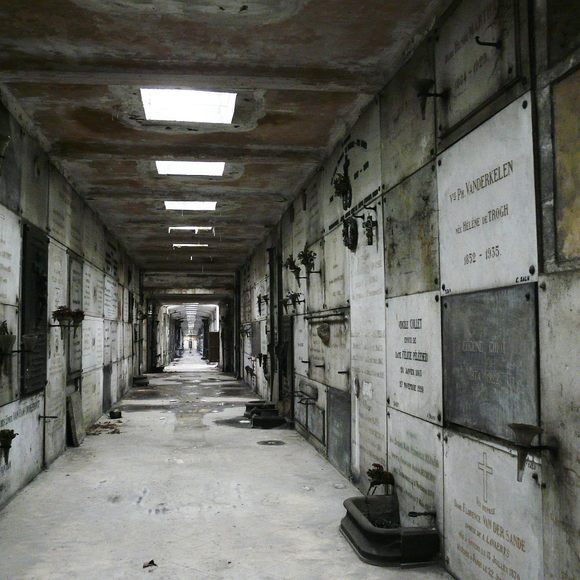








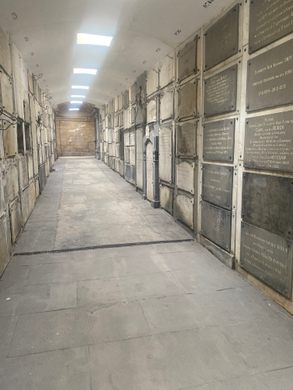
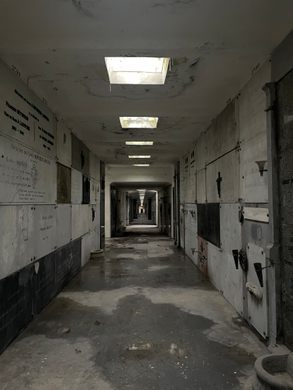
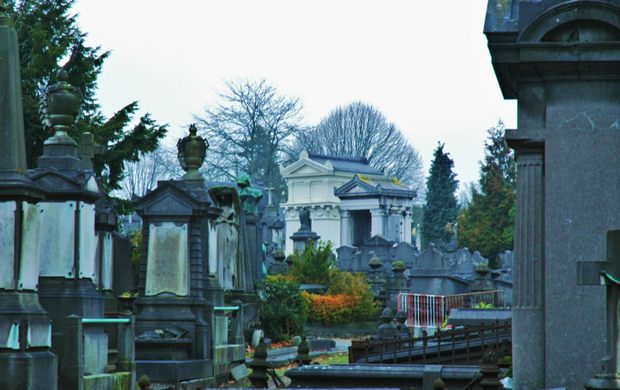


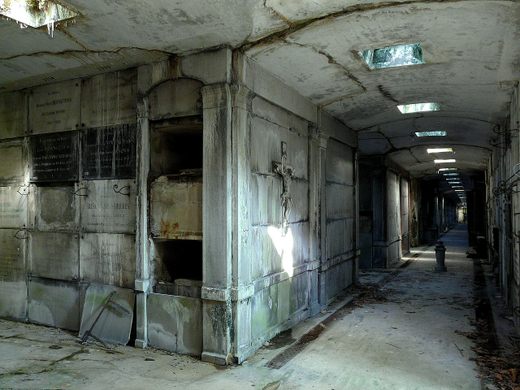








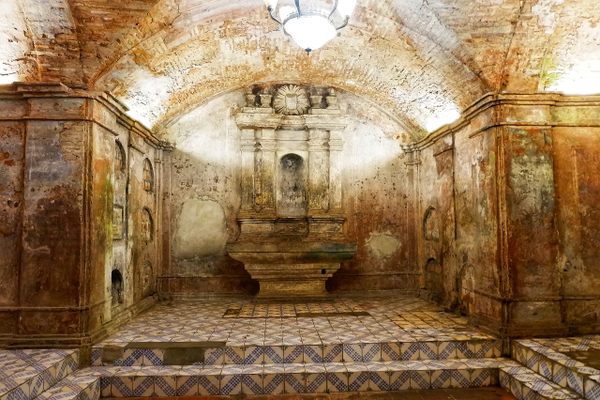
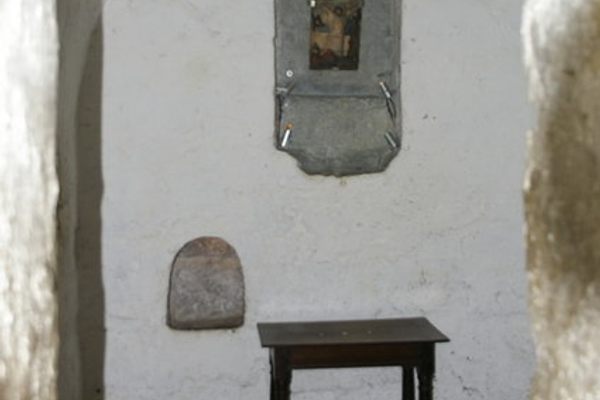

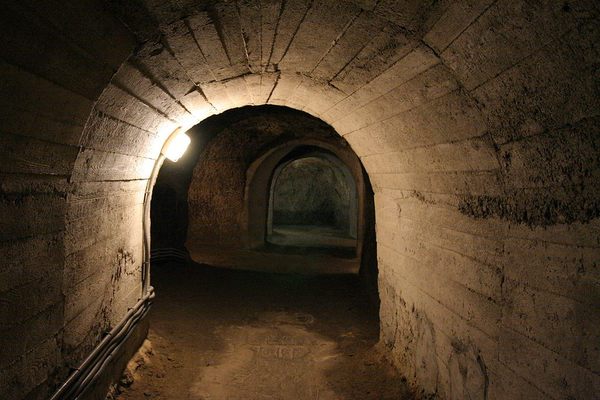

Follow us on Twitter to get the latest on the world's hidden wonders.
Like us on Facebook to get the latest on the world's hidden wonders.
Follow us on Twitter Like us on Facebook